There are at least four known portraits of Anne Brontë. Three by Charlotte Brontë, and Anne also features on the far left of Branwell Brontë’s youthful portrait of his sisters. There is also a beautiful painting by Branwell which many consider to be of Emily, although I believe the evidence points to it being of Anne. In today’s post, however, we’re also going to consider whether there could be other portraits of Anne hiding in plain sight.
First we’ll begin with the known portraits of Anne – Branwell’s ‘pillar portrait’ (so called because he painted himself, or possibly his father, out behind a pillar) features at the head of this post. We now show Charlotte’s three portraits of Anne, finishing with a rather beautiful picture of her youngest sister beneath which Patrick Brontë has written, “Anne Brontë by my daughter Charlotte”:
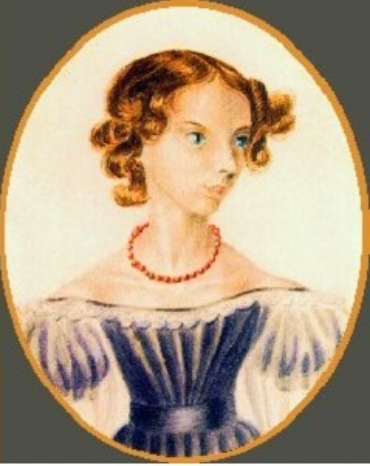
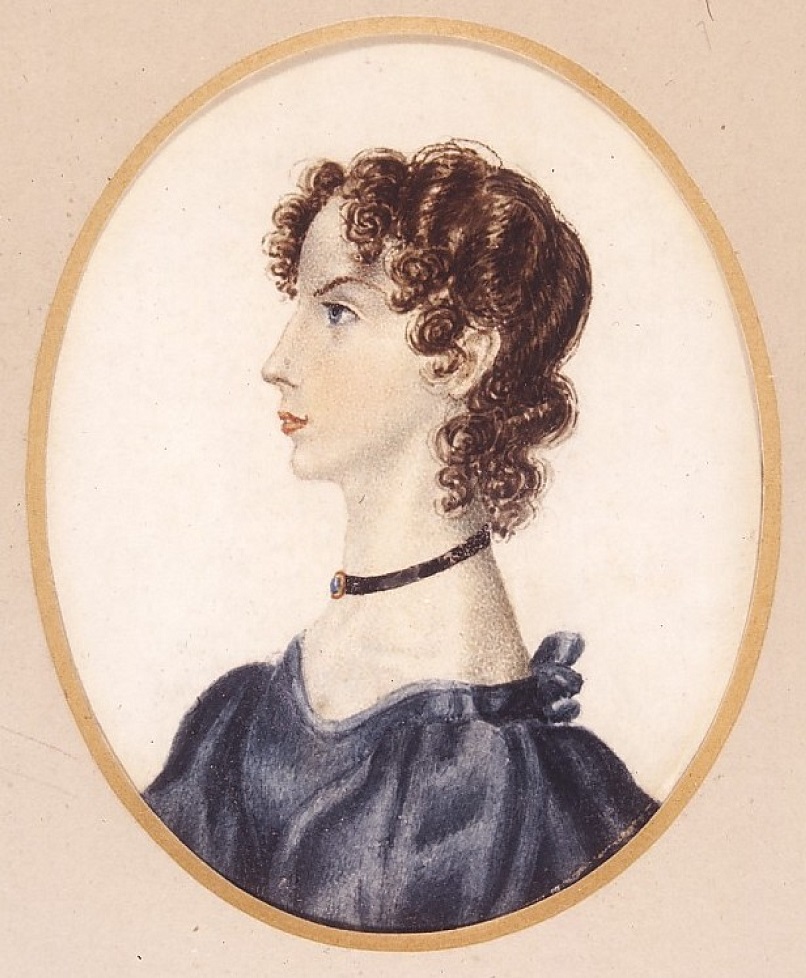
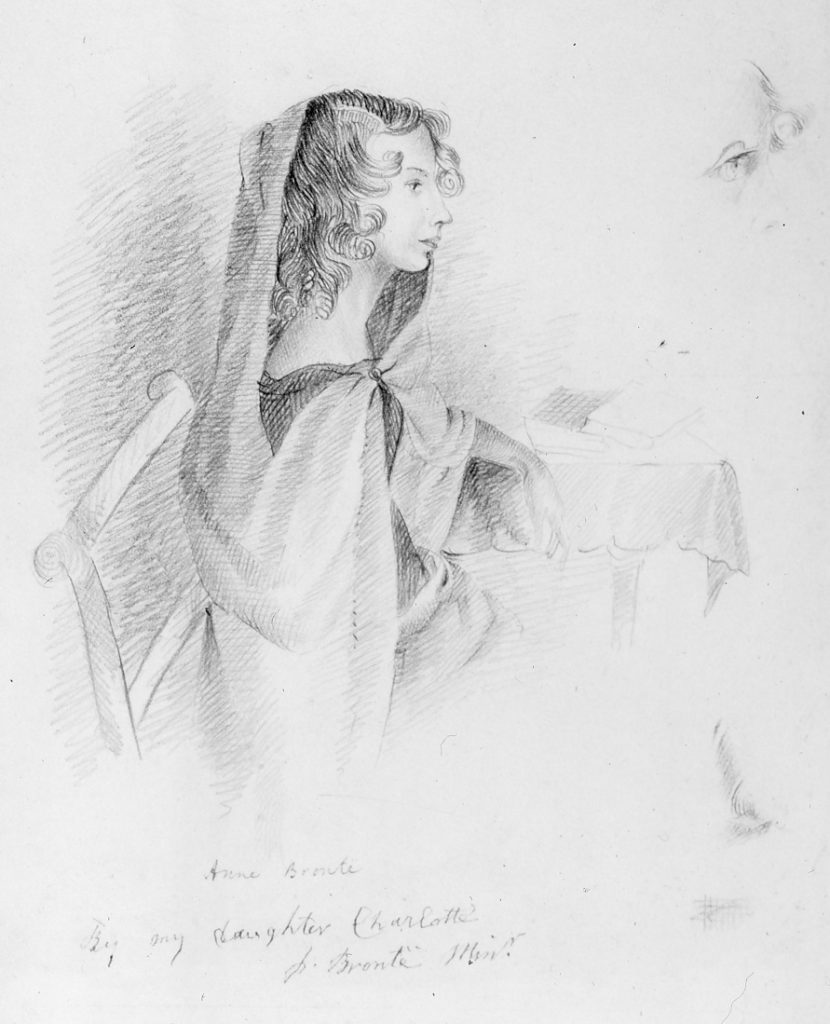
So we see that Charlotte made at least three portraits of her youngest sister Anne, but we have no extant portraits by her of Branwell or Emily Brontë. Why should this be? I think the most likely explanation is that from a young age Anne was very patient and obliging – if asked to sit still for a portrait she would do so, whereas Emily and Branwell were less likely to be compliant. As Anne herself said, in her preface to the second edition of The Tenant Of Wildfell Hall, “I love to give innocent pleasure.”
Did Charlotte limit herself to just these three paintings of Anne, or could there be more? I believe that the following two compositions by Charlotte deserve close examination: from 1833 and 1834 respectively, so around the same time as Charlotte’s verified picture of Anne above, they seem to me to have at least a passing resemblance when it comes to the sitter.
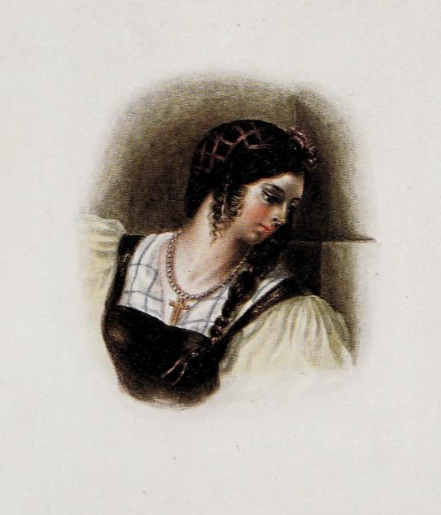
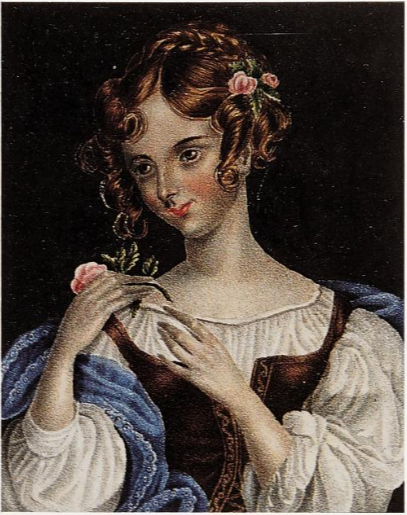
And then we turn to Emily’s portraits. Emily was a very accomplished artist, perhaps the finest of all the Brontës (in fairness Emily excelled at all she turned her hand to). We have many beautiful portraits by Emily of animals and nature, but did she forego to paint a portrait of the sister she loved dearly – the sister with whom Ellen Nussey said Emily shared a twin-like existence? Or could Anne have provided an inspiration for Emily’s 1841 portrait of ‘Woman’s Head With A Tiara?’
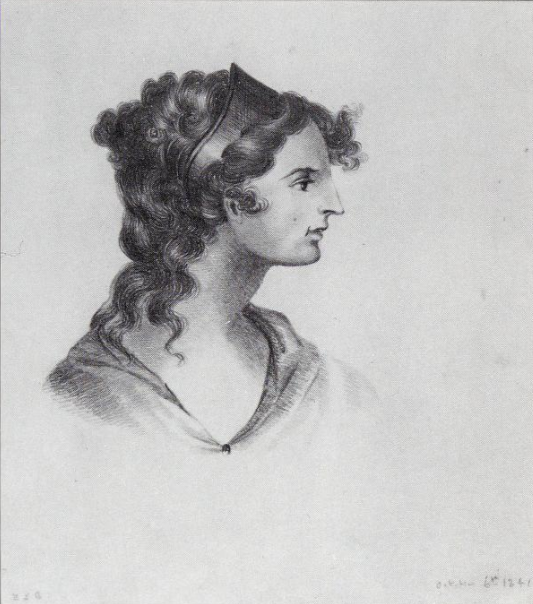
Let’s turn again to Ellen Nussey’s description of Anne from around this time: “Anne – dear, gentle Anne – was quite different in appearance from the others. She was her aunt’s favorite. Her hair was a very pretty, light brown, and fell on her neck in graceful curls.”
Do we get a glimpse of that appearance in the three images above? I believe so, and I believe that, even if they were completed as part of the sisters’ artistic studies, Anne Brontë was the likely model for them.
I hope you can join me next Sunday for another new Brontë blog post where we’ll paint another picture in the lives of our favourite writing sisters.
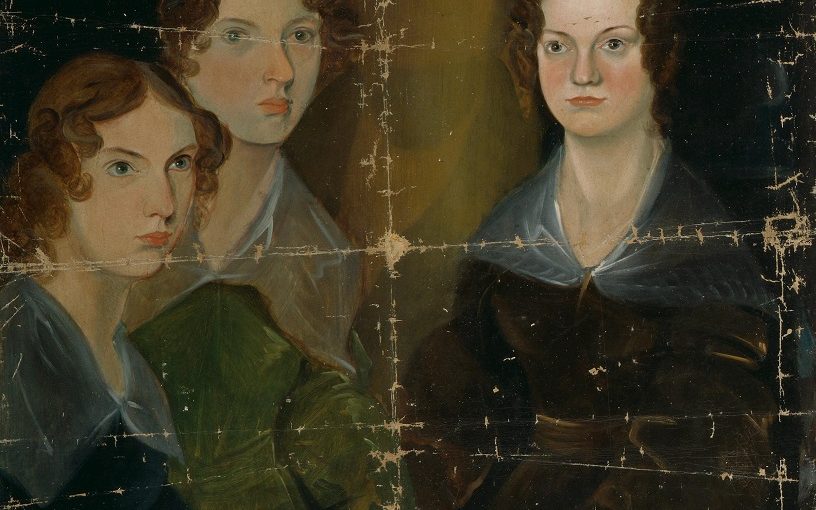
Thanks for another great piece on Anne. It’s lovely to see all the images of her in one place!
Thank you Katie!
I purchased a water-colour painting in 1996 from a northern England book dealer, since then now deceased and out of business. The obverse featured a finely painted head of a young woman, while the verso had a penciled cut off inscription of “painted by Anne Bronte”. Within days I took it to the Parsonage for Ann Dinsdale to look at. Her initial impression is that I had found something that needed further examination. So on a Sunday Jane Sellars made a special trip to Haworth to look at it. I have a detailed letter from her of the findings in which the bottom line was that it was not by a Bronte hand. However, there were several details noted by Jane that injected some interest back into it. It had a watermark from the 1830s, and was on Whitman paper which was sometimes used by the Brontes. Stylistically it resembled something that perhaps Charlotte could have painted, but Jane dismissed that on several counts. Anne was immediately ruled out as the artist, as Jane felt it was beyond her capabilities. It does however take of a whole new perspective if you replace “painted by Anne Bronte” with “painting OF Anne Bronte. There are eerie comparisons to Charlotte’s 1834 portrait of Anne, notably the styling of the hair which is almost identical. The biggest drawback in my opinion is the eye colour which is brown in instead of blue. Other than that, I strongly believe that this could be Anne. Jane just never went down the “of” avenue and stuck with the discounting of this being by a Bronte hand.
I did get some provenance information from the book dealer a few years later. It has a sort of Bronte connection in a bizarre way, The painting was found in an album from the Casterton Hall library which was purchased by the dealer in the 1950s. It would be hard to believe that Carus Wilson would collect something like this, but the next owners of the Hall, the Bickersteths present a much better possibility. It was the Bickersteths from whom the dealer purchased the album. With my limited research capabilities, I have been unable to make a direct link between the Bickersteths and the Brontes. What is interesting though when looking at the family tree is that the names Charlotte, Emily, Agnes, Lucy show up in the post-Bronte period. Which could lead one to believe that the Bickersteths had an interest in the Bronte family. What is still missing is who the painter was, and how the Bickersteths acquired the item. My gut feeling is that it is of Anne.
I’ve only just seen your comment, this sounds fascinating! I will email you about it if that’s okay? Thanks, Nick
Dear Sir, I always read your Anne Brontë blog with great interest. I do wonder though why the illustrations in your article are always so vertically elongated (see here two examples.
More thanks as usual, Wallace
Those portraits do look a lot like Anne. It’s funny that they are some of literature’s greatest writers yet remain quite enigmatic. We love them for what they wrote, and the things they left behind, but it’s what we don’t know that captures our imagination so thoroughly.